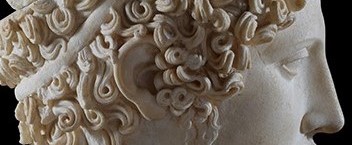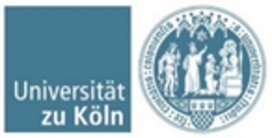Call for Papers

Produced and Displayed. Dynamics of Production and Contexts of Roman Sculptures in the Ancient Mediterranean Region
International Conference from 25–27 February 2019 at the University of Graz
Since the beginnings of archaeological science, ancient sculptures have formed a central component of research. Over the course of time, a variety of issues in this area have been addressed. Currently, questions are increasingly posed regarding production, dissemination and contexts of Greek and Roman portrait sculptures and idealised sculptures. Many aspects, however, require a more in-depth treatment. For example, on what grounds were certain sculptures assigned to specific workshops and/or sculptors? To what extent did logistical and economic factors play a role? How unified are the sites of display of sculptures in the cities of a region? Above all, investigations which adopt an interdisciplinary approach to Roman sculpture promise to yield impressive results regarding these questions.
Against this background, within the framework of the congress, we would like to discuss a variety of aspects, and focus above all on two areas: firstly, the processes related to dynamics of production associated with the creation of sculpture in-the-round, and secondly, the specific contextualisation of these monuments in differing spaces. We are committed to the common consideration that, in this manner, a more substantial picture of the "sculptural landscape" will emerge. A geographical focal point should be located in the eastern Mediterranean region, since precisely here many sites of sculptural production and erection are known, and the variety of sculptural material allows the expectation of a particularly promising appraisal of the issues under consideration.
Papers (30 Minutes) on the following themes are appreciated:
1. Processes of Dynamics of Production
The material level:
- Quarries - criteria for selection and organisation, costs
- Availability of material
- Methods of transport of stone material
The production level:
- Analysis of forms, and stylistic as well as craftsmanship characteristics (for example, traces of tools) as an aid in determining production sites
- Epigraphical evidence for sculptors and production sites
- Evidence of workshops for sculptural production
- The organisation of workshops
The distribution level:
- Transport routes and trading networks
- Production range (local level and export)
- Commissioner/target audience
2. Context of Display
Sites of display in urban and extra-urban spaces (cities, sanctuaries)
- Occasions for sculptural display, historical contexts, inscriptions, coins
- Ratio and relationships of portrait sculpture and idealising sculpture (divinities, heroes, athletes) in specific spaces
- Ratio and relationships of bronze sculptures and stone sculptures in specific spaces
- Civic rivalry (quantity and quality of sculptural display, gaining prestige via the production/display of sculptures, etc.)
Submission of abstracts (ca. 300 words) is requested up until 31th October 2018 via: sculpture-conference2019(at)uni-graz.at
We endeavour to enable financial support for travel and accommodation expenses for the participants.
Conference languages: German, English
Congress Site: Meerscheinschlössl, Mozartgasse 3, 8010 Graz
Operators: University of Graz, University of Cologne
Event Organisation: Alice Landskron, Thoralf Schröder
Conference Fee: 50 € (25 € for students)
Contact: sculpture-conference2019(at)uni-graz.at
Homepage: https://sculpture-conference2019.uni-graz.at/
contact
Sculpture conference University of Graz, Department of Archaeology
25th-27th of Febuary 2019
